La Sagrada Familia
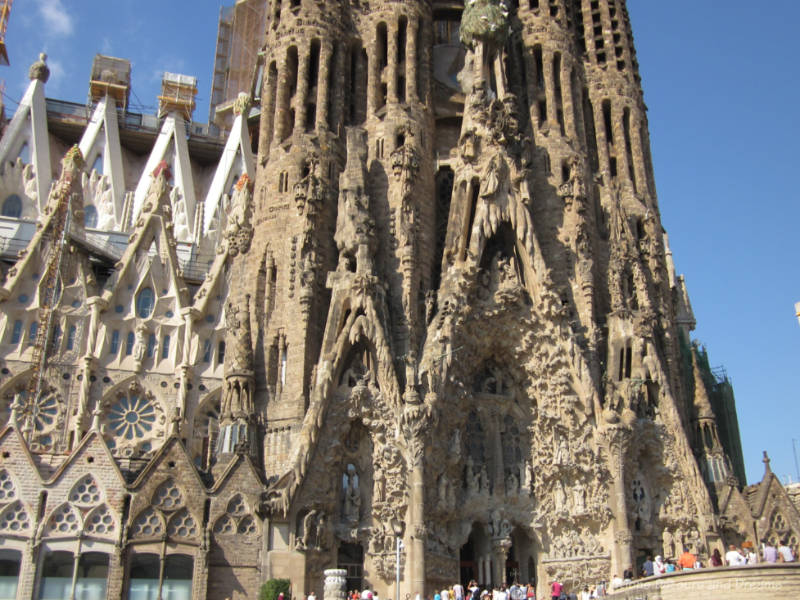
La Sagrada Família, designed by architect Antoni Gaudí, is a landmark and top attraction in Barcelona, Spain
(Last updated May 2021)
La Sagrada Familia, which translates to Holy Family, is one of the top tourist attractions in Barcelona, Spain. Building of this church began in 1882 and continues today. The church is a Unesco World Heritage Site.
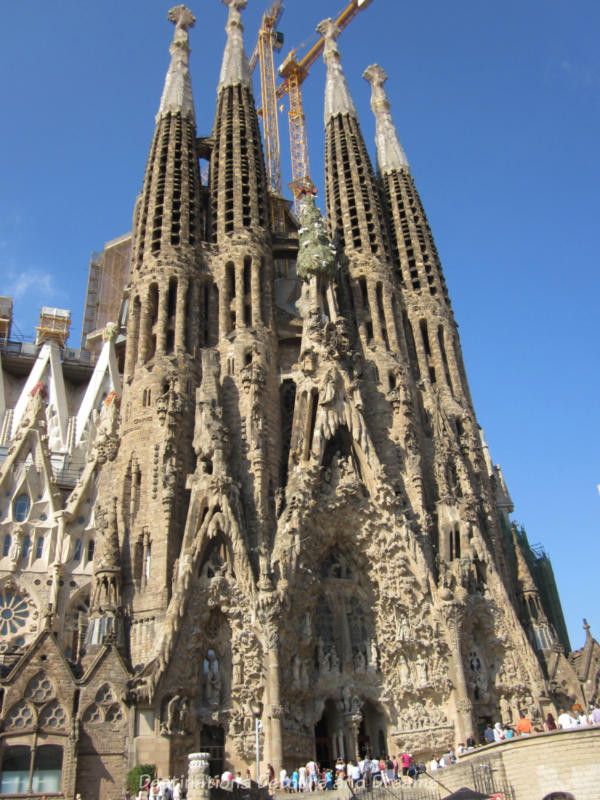
Architect Antoni Gaudí was commissioned to the building project in 1883, after the original architect, Francisco de Paula del Villar y Lozano, resigned due to disagreements with the promoters. Gaudí worked on the building until his death in 1926, at which time it was only 20% completed.
When a large, anonymous donation was made to the building project shortly after Gaudí took over, he replaced the original neo-Gothic design with a larger, more innovative one rife with symbolism. The floor plan is modelled after a Latin cross. When the church is finished it will have 18 towers, 12 dedicated to the apostles, 4 to the evangelists, one to Jesus and another to Mary.
Work continued on the building after Gaudí’s death, following Gaudí’s design. In 1936, during the Spanish Civil War, revolutionaries set fire to the crypt, burned the temporary schools Gaudí built for children of workers, and destroyed Gaudí’s workshop. Original plans, drawings, and photographs were lost. Work has continued using copies and remains of models.
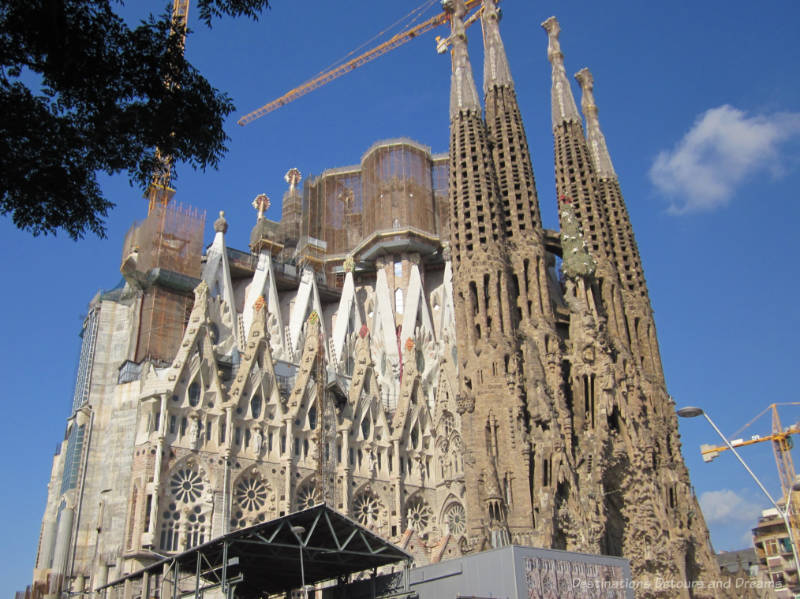
Construction continues on La Sagrada Família. It had been targeted to be completed in 2026, 100 years after Gaudí’s death, but that date has now been delayed because the COVID-19 pandemic has interrupted construction. Whether that date would have been met had the pandemic not occurred is up for discussion. When I toured the building in 2013, our tour guide suggested the date was unlikely to be met.
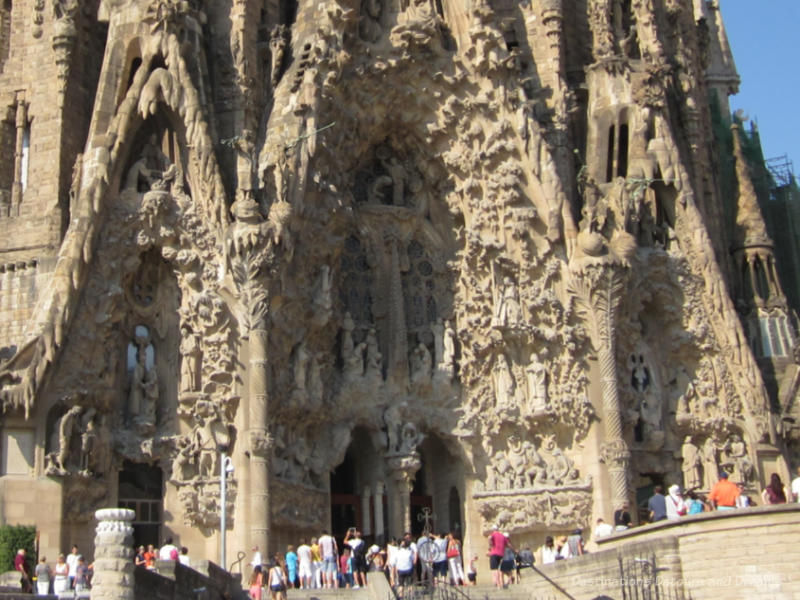
Sculpture on the Nativity Facade show Joseph and Mary with the baby Jesus, the Magi, shepherds, and angels looking down.
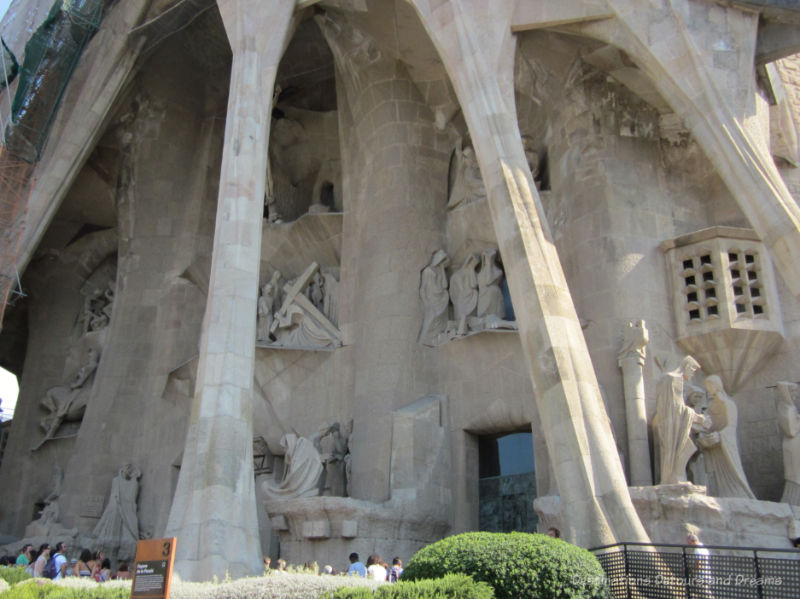
The Passion Facade represents the Passion of Christ. Sculptures by Josep Maria Subirachs show the betrayal of Jesus by Judas, the crucifixion, and Peter’s denial of Jesus. The difference between the ornate Nativity Facade and the sleeker Passion Facade has generated controversy with some saying builders are straying from Gaudí’s vision. But Gaudí had envisioned the two facades as different, describing the Passion Facade as “hard, bare, and as of made of bone”.
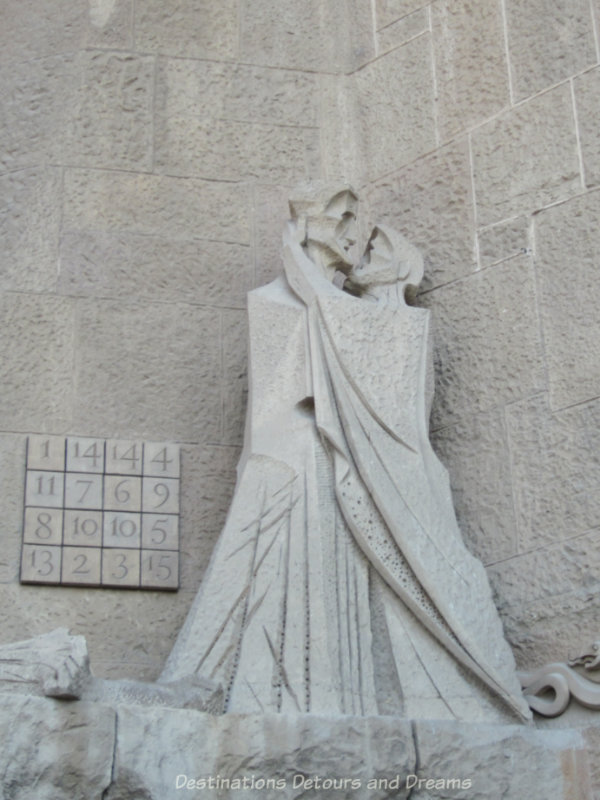
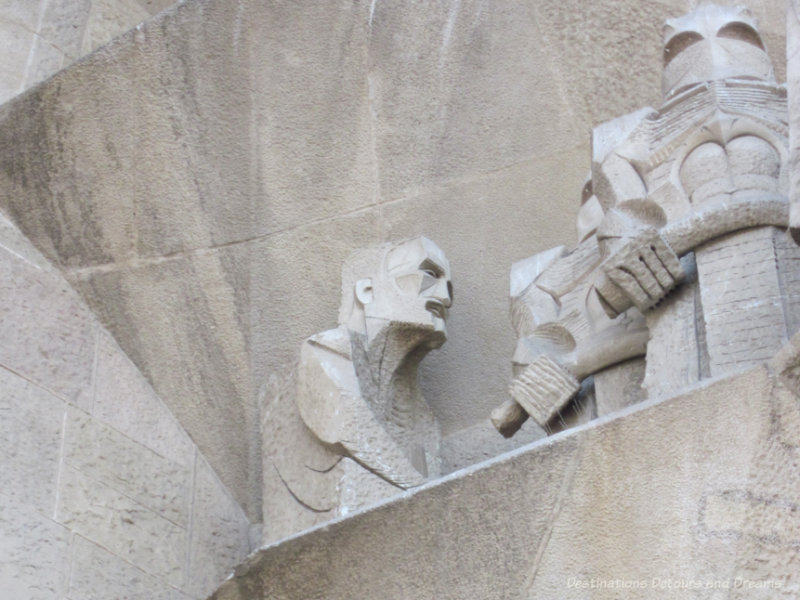
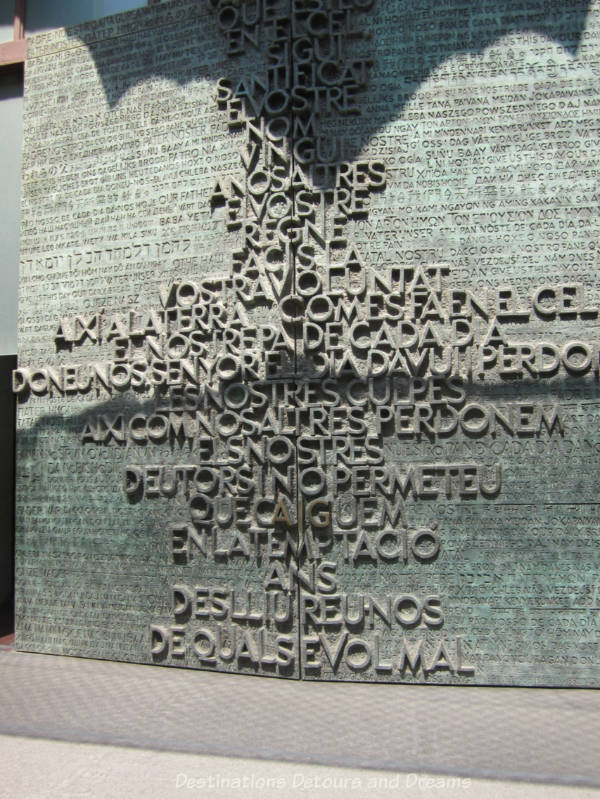
The Eucharist Door at the Glory Facade is the main entrance. The relief lettering shows the Lord’s Prayer in Catalan and “Give us this day our daily bread” in dozens of languages.
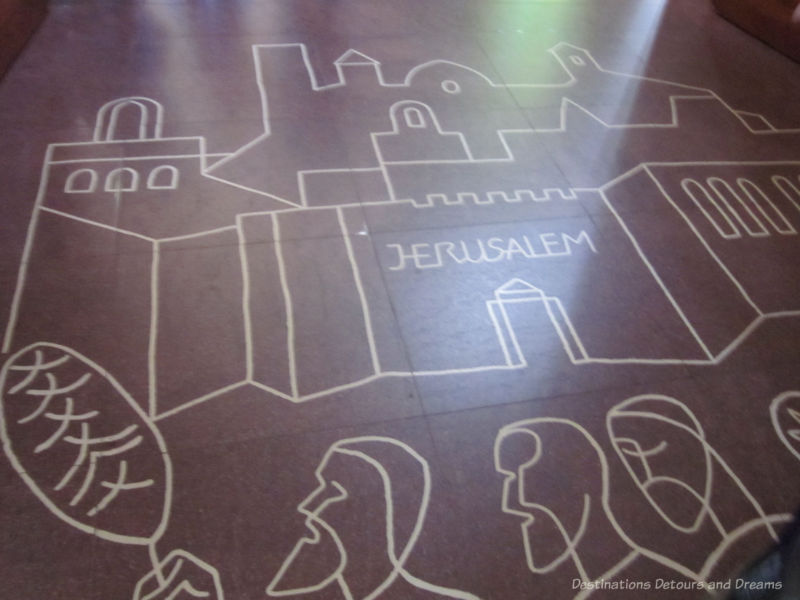
As I crossed over the drawing of the walls of Jerusalem on the floor at the Passion Facade entrance, the tour guide explained that Gaudí meant the inside of the church to represent heaven. In the “garden of new creation”, tall columns branch out to resemble a forest of trees. Light streams in through the tops of the towers and the stained glass windows. The place felt peaceful and bright. The cloister, which runs all around the church, like a protective wall shielding from outside noise, added to the sense of peacefulness in the interior. As did the soft background music, first chants, later organ music.
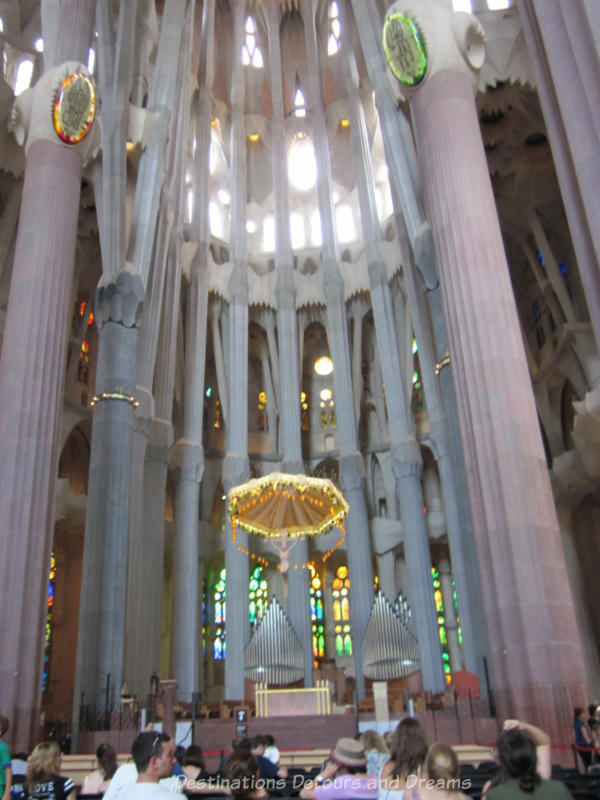
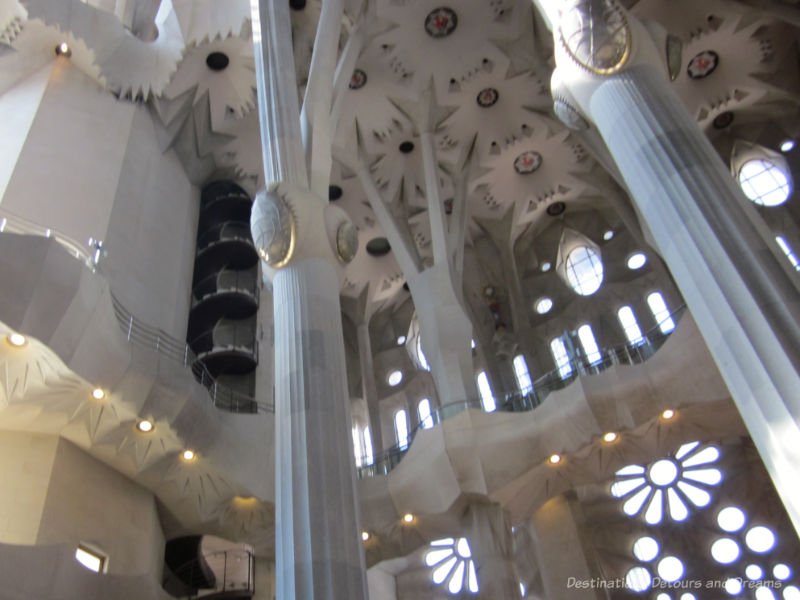
In November 2010, Pope Benedict XVI dedicated the church. A choir of 800 filled the choir loft. Our tour guide commented that the choir had a challenge. Because of the size and distances, there was a second delay with the music.
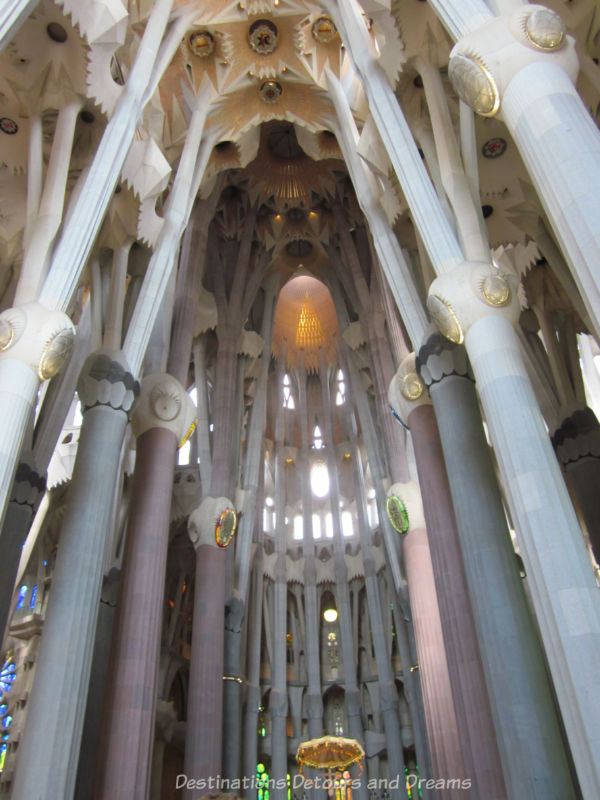
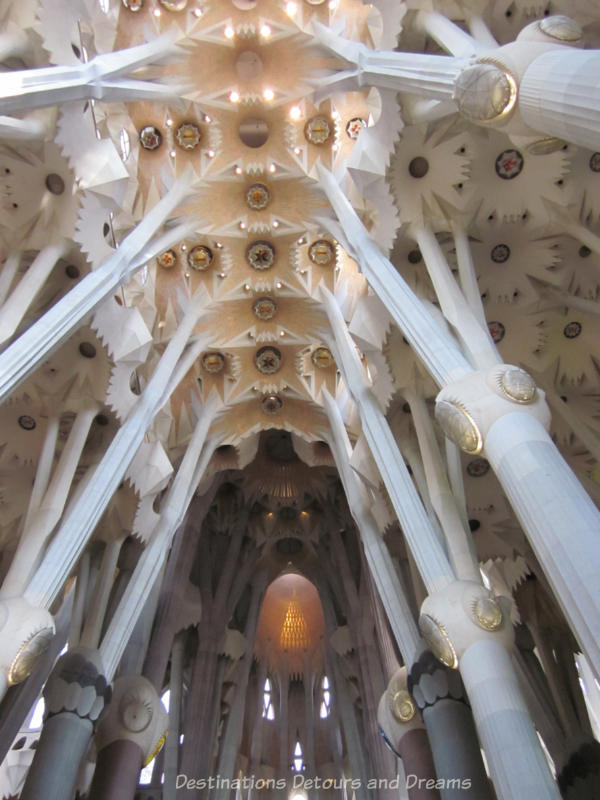
Gaudí used mathematical concepts in his work, such as catenary arches and Hyperboloids. The interior columns are more than representations of trees in a forest. They bear the main load of the building. Because the exterior walls support only their own weight, they can accommodate large windows to let in light. The use of hyperboloids on the ceiling allows for more natural light.
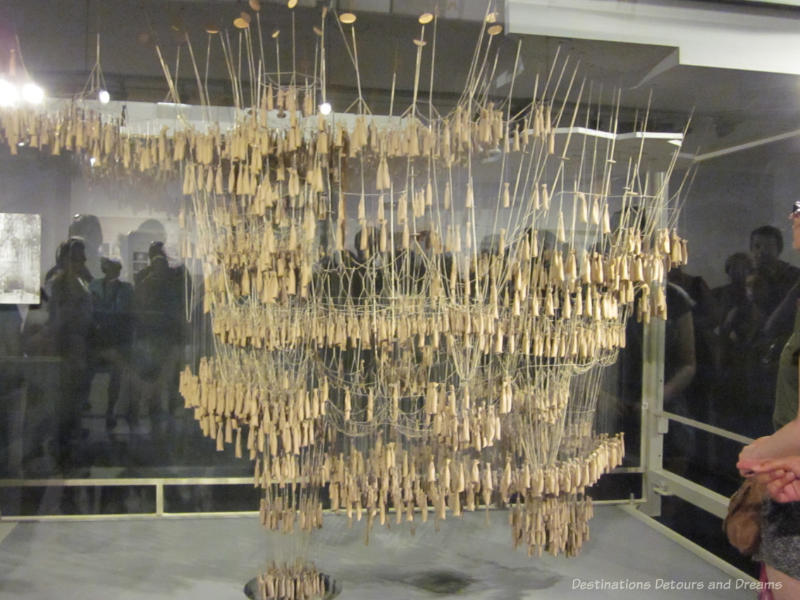
Current construction continues to adhere to Gaudí’s ideas. Gaudí used geometric forms, and geometry has made it possible to interpret the original project, although new techniques, such as 3D modelling and other computer technologies, have replaced Gaudí’s empirical study of inverted weights. Other changes have occurred over time, some because of modern building regulations, others because of availability of materials.
Virtual tours of La Sagrada Família on available on its website. When I looked through this recently, I was delighted to see how many more of the stained glass windows had been installed since my 2013 visit.
Sagrada Familia is an expiatory church, funded solely through donations. Proceeds from ticket sales help fund the continued construction. If you visit the church in person (in non-pandemic times), I recommend purchasing tickets online in advance. On-site ticket line-ups can be very long. I found the process of ordering tickets through the Sagrada Familia site more cumbersome than some I have used, but it was still worth buying in advance. That was several years ago now and the process may have improved. I also recommend taking one of the guided tours or ordering an audio tour headset. The information provided will enhance your visit.
Never miss a story. Sign up for Destinations Detours and Dreams free monthly e-newsletter and receive behind-the-scenes information and sneak peeks ahead.
PIN IT
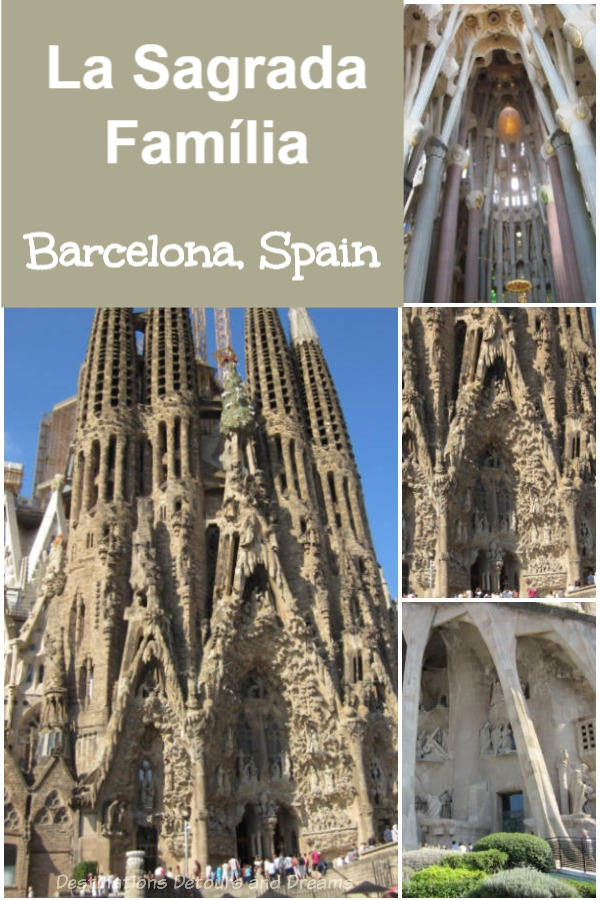
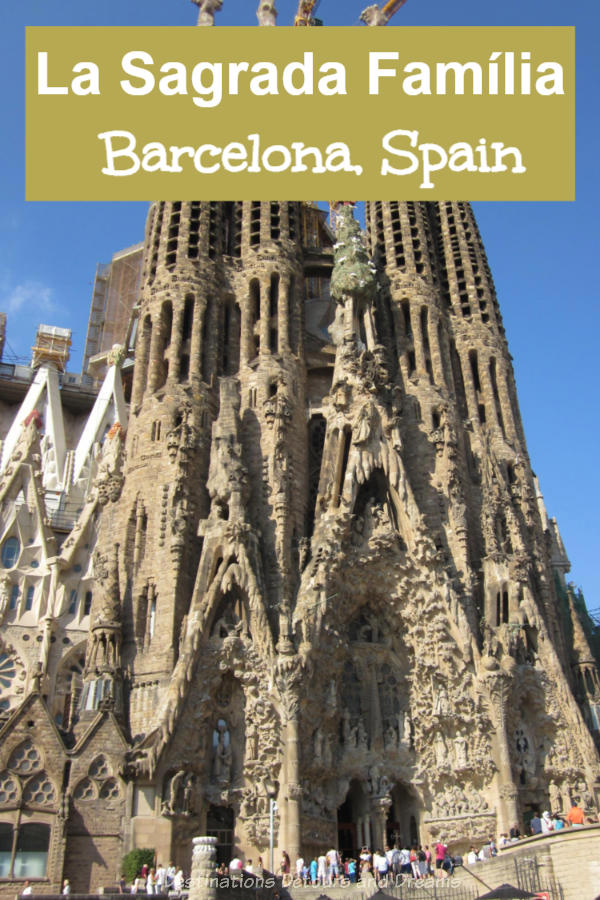

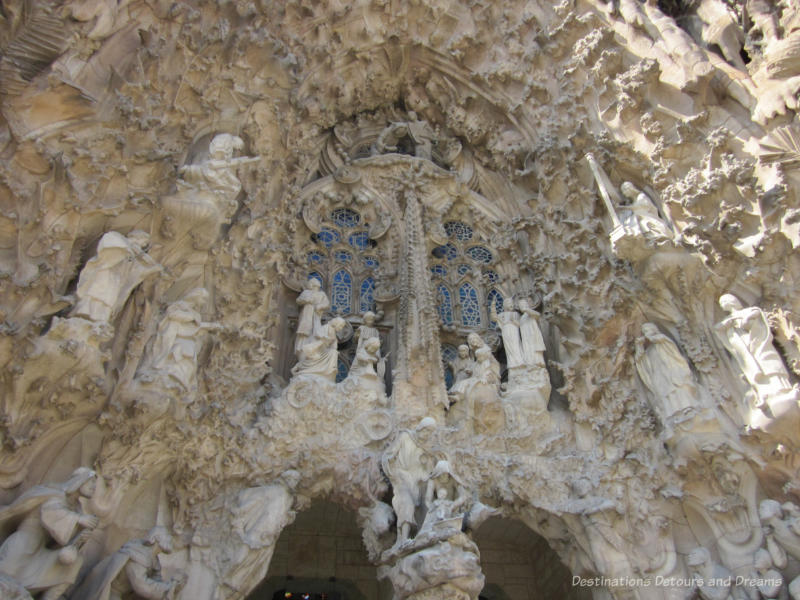
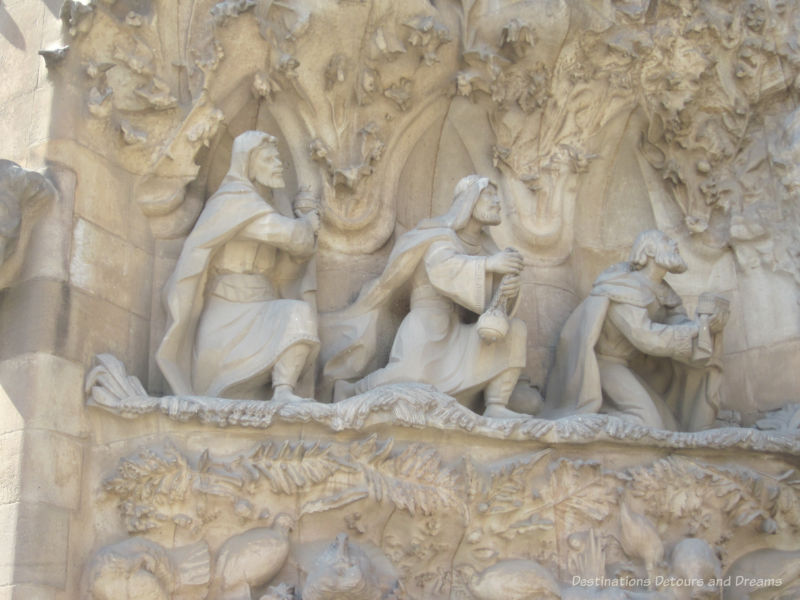
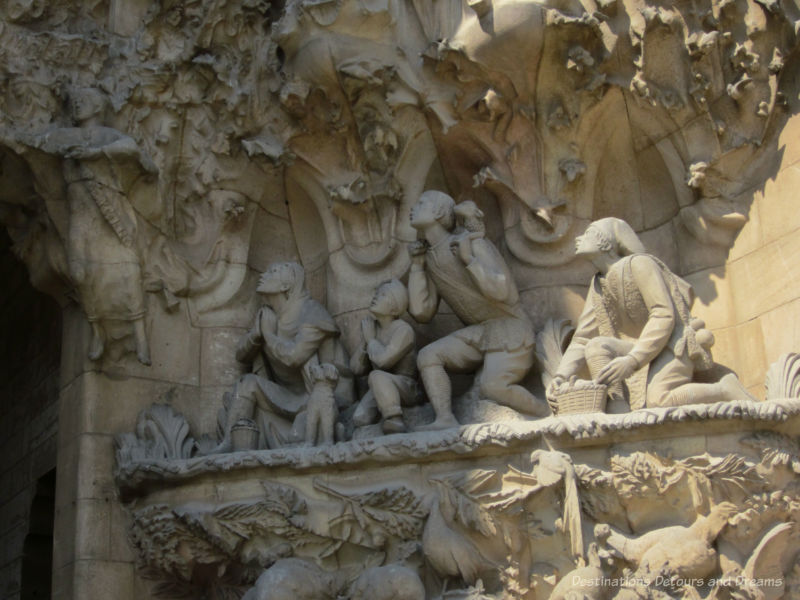
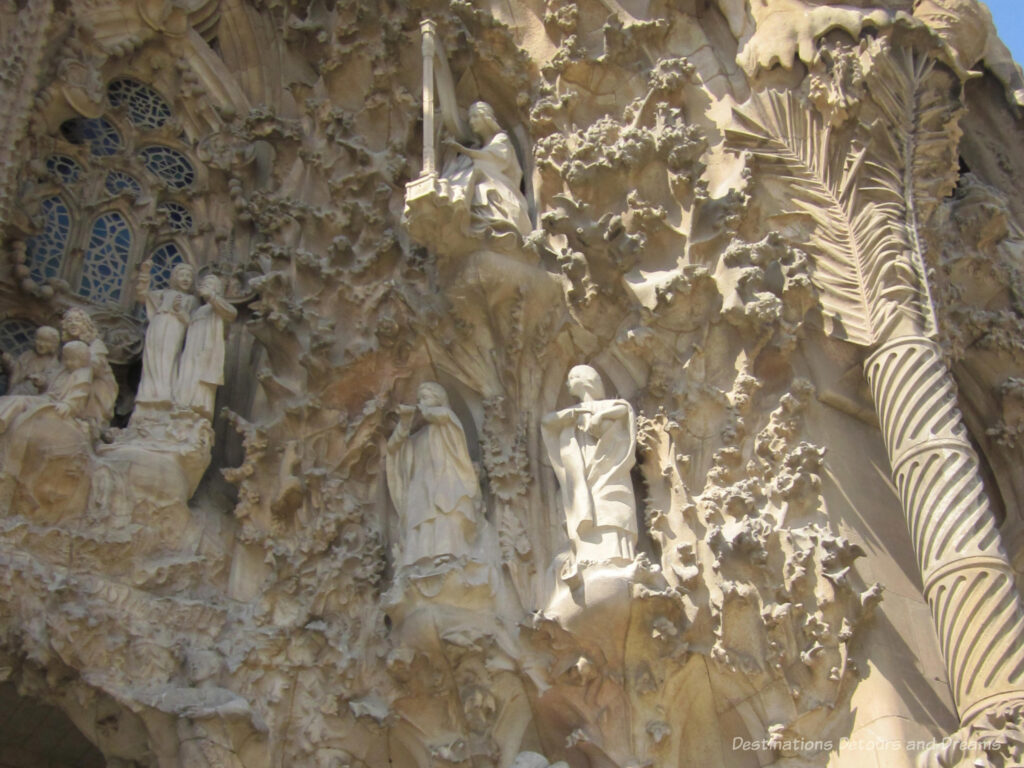
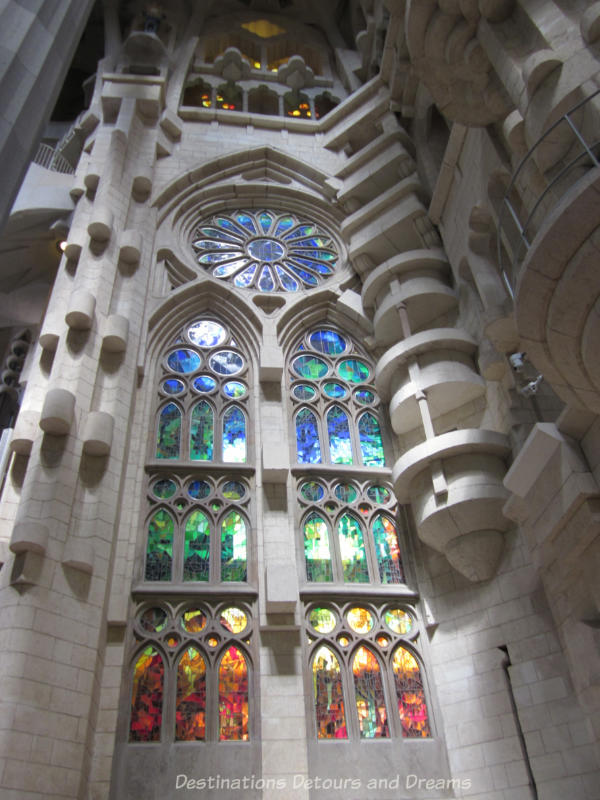
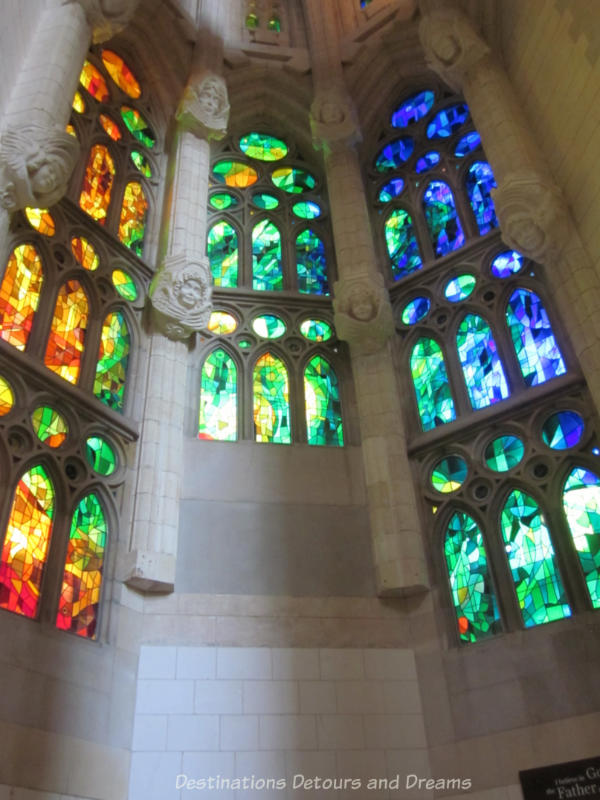
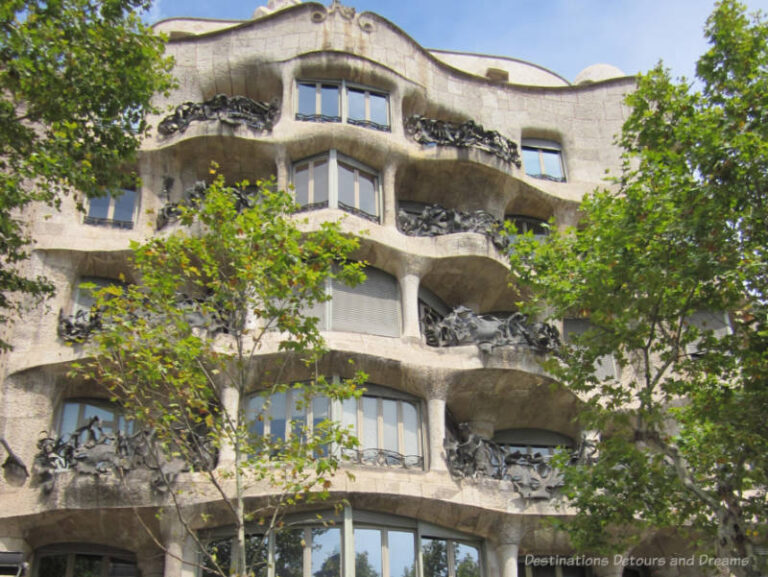
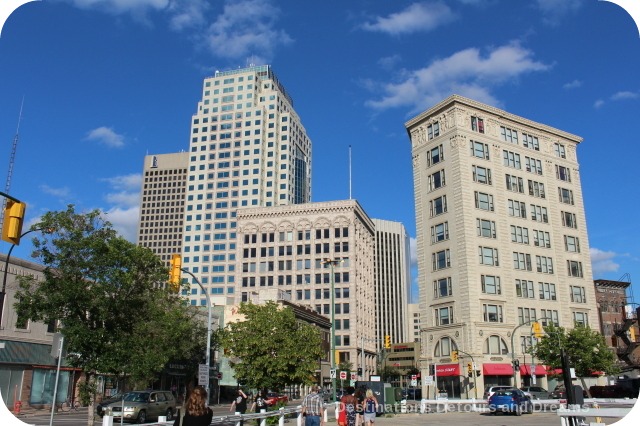
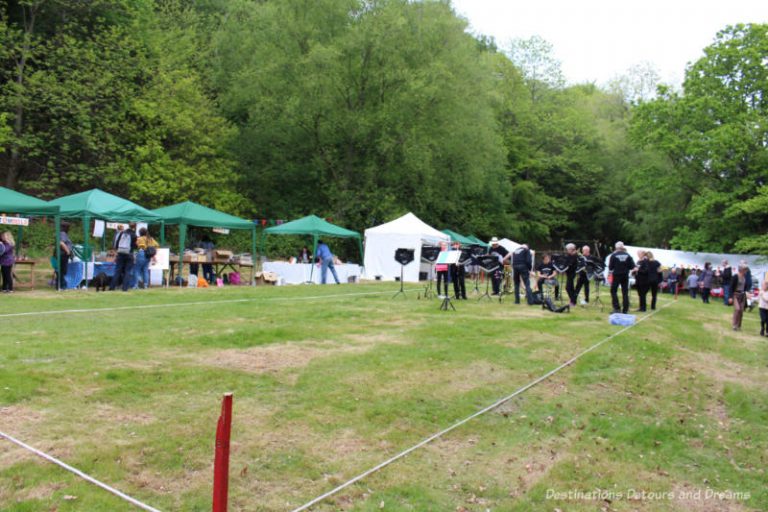
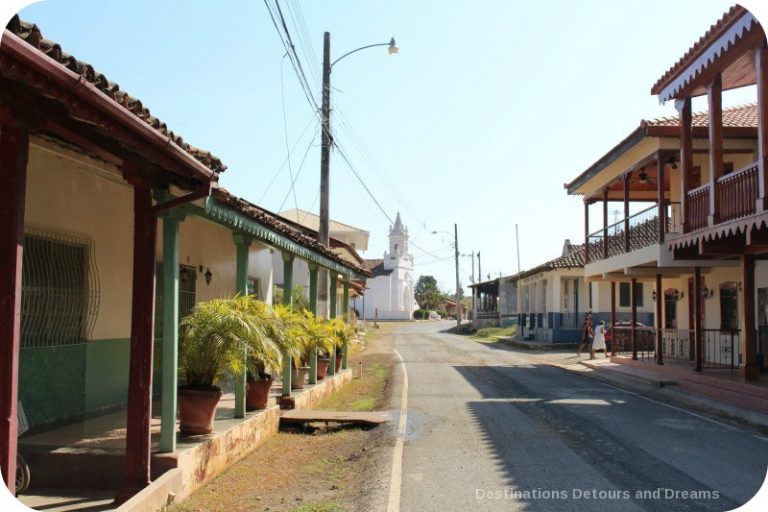
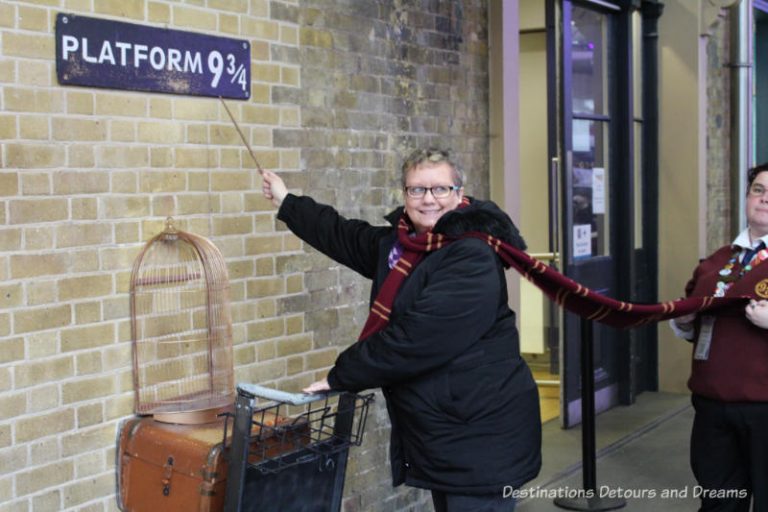

We were in Barcelona in May and the main reason we visited Barcelona was to see La Sagrada. It is stunning. We spent nearly 3 1/2 hours in the basilica just trying to take it all in and making the most of our time. It’s one of those “must see” places in this vast world of ours.
I always bristle a little when I am told something is a must see because there is so much in the world to see and my choices may not be the same was someone else’s, but I do agree La Sagrada Familia is a must-see. In addition to being stunning, I found the interior to be a very peaceful space.